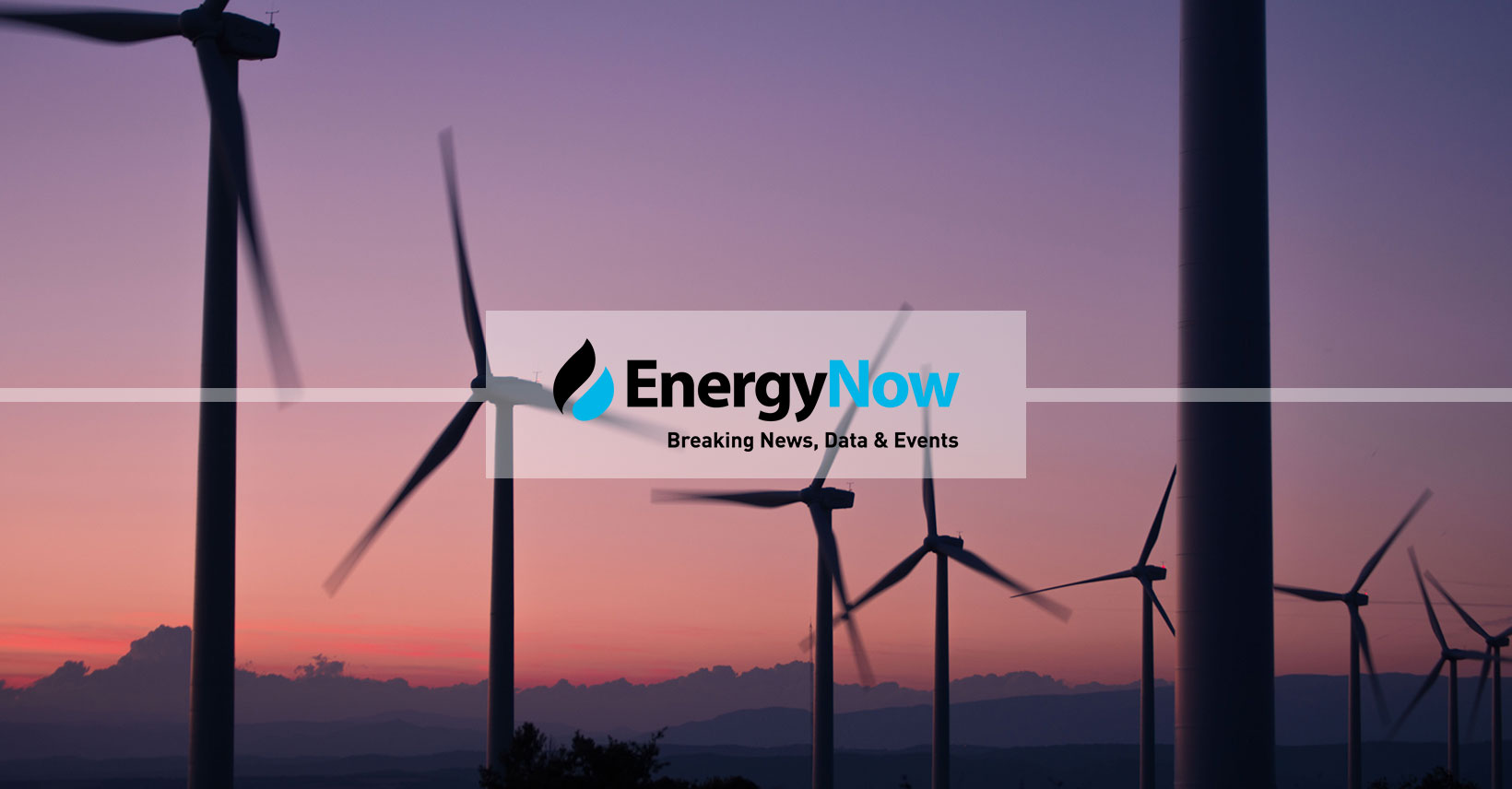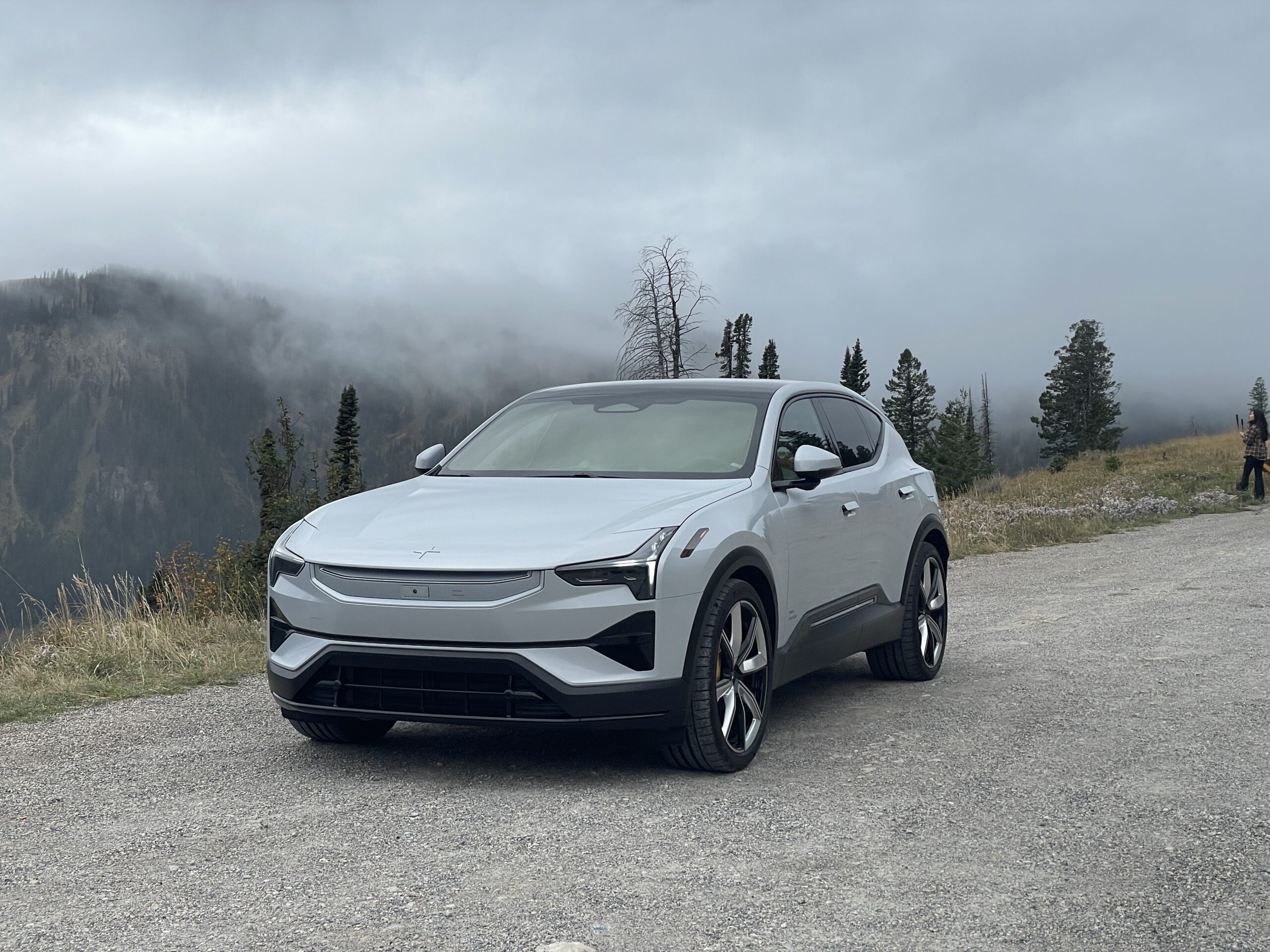Sign up for daily news updates from CleanTechnica on email. Or follow us on Google News!
We are so used to hearing the term “lithium-ion” when it comes to batteries, we tend to forget that there are other ways to store electricity, such as sodium-ion battery cells that do not use lithium at all. Despite its widespread use in batteries, lithium has several drawbacks. The price can gyrate erratically, making it hard for customers to know what lithium-ion batteries will cost in the future. But there’s more to it than that. Extracting lithium can cause environmental and social harm. Then there is the fact that China has taken control of much of the lithium supply chain around the world, making it more difficult for battery makers outside of China to control their supply chains.
Sodium has none of those disadvantages. It is abundant, found everywhere around the world, and cheap. Sodium-ion batteries do not perform as well as the best lithium-ion batteries, but they have some advantages over their lithium-based cousins. Their performance does not deteriorate as much as lithium-ion batteries do in cold temperatures, and they have a greatly diminished risk of fire. That makes them nearly ideal for grid-scale electricity storage systems, where there are few space constraints. Sodium-ion battery technology is at the beginning of the development curve and is about where lithium-ion technology was a decade or so ago.
In fact, Sineng Energy in China has taken the developing sodium battery technology and applying it to battery storage in a planned 100MW/200MWh project in Hubei Province, China. In a statement on August 6, 2024, the company said the first phase of that project, which has 50MW/100MWh of battery storage, has been successfully connected to the grid and commenced commercial operations.
The installation consists of 42 BESS containers with 185 Ah sodium-ion batteries, 21 power conversion system units, and a 110 kV booster station. Sineng’s 2.5 MW-string turnkey solution is specifically designed to align with the system’s wide DC voltage range of 700V to 1500V. Featuring cluster level energy management, Sineng’s solution amplifies the cluster level balancing capability of sodium-ion batteries. Additionally, the string PCS units are engineered to ensure durability in extreme temperatures and high humidity.
Natron Sodium-Ion Battery Factory In North Carolina
According to Axios, Natron Energy, a California-based battery startup that makes sodium-ion batteries, plans to invest $1.4 billion into a manufacturing plant in Edgecombe County near Rocky Mount, North Carolina, after agreeing to a large incentives package with the state this week. Natron would bring significant investment to the Kingsboro Business Park, a site that economic developers have been trying to find a tenant for since a Chinese tire maker called Triangle Tyre canceled plans for a factory there due to tariffs.
Natron is expected to create 1,062 jobs in Edgecombe County between 2028 and 2032, according to the N.C. Department of Commerce. The positions would have a minimum average wage of $64,071. The company said it will construct a 1.2 million square foot facility at the business park that would only use domestic supplies. If it meets hiring and investment goals, Natron would be eligible for more than $50 million in incentives from the state’s Job Development Investment Grant and its Megasite Readiness Program. Local incentives would add another $130 million, according to the Commerce Department.
Natron, which has one other factory in Michigan, is attractive to investors because its sodium-ion battery technology boasts lower costs and easier supply chains compared to lithium, Axios said. The company’s customers include large industrial users like data centers and oil drillers. The North Carolina plant would be significantly larger than its existing Michigan factory, producing 24 gigawatts of sodium-ion batteries annually compared to 600 megawatts in Michigan.
The Michigan factory began manufacturing sodium batteries in April of this year. According to my colleague Tina Casey, the Natron factory is a repurposed former lithium-ion battery plant. Initially, the new factory will tap into the explosively growing energy storage needs of data centers. In particular, Natron anticipates that the equally explosive growth of AI technology will fuel more demand for energy storage and 24/7 power at data centers in the US.
In September, 2020, the company received a $19.9 million award from the Energy Department’s ARPA-E office for funding high-risk, high-reward projects, with the goal of shepherding the new factory into being. “The project aims to scale up production of Natron Energy’s Prussian blue electrode sodium-ion batteries by 30 times to 18,000 trays per year, and fully de-risk the resulting supply chain and products through continuous production and sales for six months,” ARPA-E explained.
The DOE also noted that the company’s 8 kW, 50 volt battery tray is primarily designed to manage peak loads at data centers and provide emergency backup power, but emerging markets like EV fast charging stations and grid-scale storage are also targeted. “Natron’s tray provides data center operators up to 2 times higher power density and 10 times longer cycle life than existing products, along with superior safety performance,” ARPA-E said. Axios noted that Natron would need to raise more private capital to get the new North Carolina factory built, but it has some significant backers already, including ABB Technology Ventures, NanoDimension Capital, and Volta Energy Technologies.
The Department of Energy has been assisting sodium energy storage innovators. Last October, ARPA-E awarded $3,198,085 to the Massachusetts firm 24M Technologies to develop a new sodium-ion battery specifically for EVs. “24M’s cell design will incorporate (1) its ultra-thick SemiSolid cathode made up of advanced cobalt-free, nickel-free sodium cathode active material, (2) an advanced wide-temperature, fast-charging electrolyte developed using machine learning and automated high-throughput screening technology, and (3) a sodium super ionic conductor,” ARPA-E explained at the time.
On the research side, the Energy Department’s Argonne National Laboratory has been building on its experience with lithium-ion batteries to develop new solutions for a roadworthy sodium-ion battery. The close “chemical kinship” between sodium and lithium provides a helping hand for battery research. “Sodium is just below lithium in the periodic table of the elements, meaning their chemical behaviors are very similar,” Physics Magazine explained recently. “That chemical kinship allows sodium-ion batteries to ‘ride the coattails’ of lithium-ion batteries in terms of design and fabrication techniques,” it said. Longtime energy storage researcher Jean-Marie Tarascon of the College of France was even more forthcoming. “Sodium-ion technology is really a clone of lithium-ion technology,” he told Physics Magazine.
The Takeaway
Battery technology is still young — less than 20 years old in terms of commercial production. As we have said many times, the batteries of the future are still in the laboratory phase. Our grandkids will marvel that we once used lithium for batteries the way we marveled when our grandparents told us that radios and TVs had tubes that had to warm up.
Batteries are key to an all-electric future, and an all-electric future will depend on newer, cheaper batteries with higher density and shorter charging times. We desperately need those batteries today, but unfortunately, innovation is not something that can be commanded. It happens on its own schedule. Patience, grasshopper.
Have a tip for CleanTechnica? Want to advertise? Want to suggest a guest for our CleanTech Talk podcast? Contact us here.
Latest CleanTechnica.TV Videos
CleanTechnica uses affiliate links. See our policy here.
CleanTechnica’s Comment Policy





